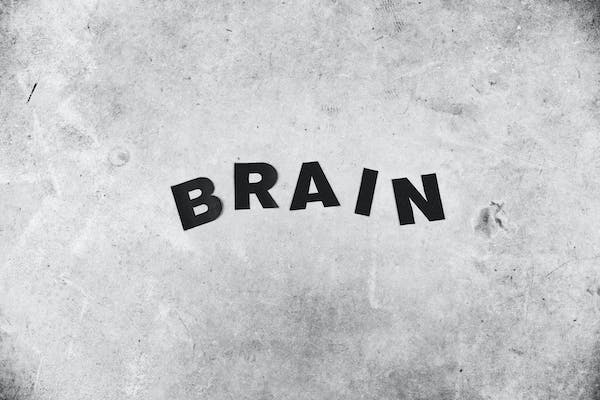Brain attacks, more commonly known as strokes, can occur when the blood supply to the brain is interrupted. Strokes can cause severe, life-threatening damage to mental and physical functioning if they are not treated quickly. Understanding the causes, signs, and types of brain attacks can help you or your loved one in a medical emergency.
A brain or stroke attack occurs when arteries that supply blood to the brain become clogged, blocked, or narrowed due to a buildup of plaque or a blood clot. When blood flow is blocked or disrupted, oxygen and essential nutrients essential for brain functioning cannot be delivered. This can cause brain cells to die, leading to sudden and often severe mental and physical disability.
The most common signs of a brain attack are sudden and severe headache, confusion, trouble speaking or understanding, facial drooping, dizziness, loss of balance or coordination, numbness or weakness on one side of the body, and vision problems. These signs are urgent medical emergencies and should not be ignored.
There are three primary types of brain attacks: ischemic, hemorrhagic, and transient ischemic attacks (TIAs). An ischemic stroke is the most common form and is caused by a blockage that does not allow the proper delivery of oxygen and nutrients to the brain. A hemorrhagic stroke occurs when a blood vessel in the brain ruptures and can cause severe or life-threatening bleeding in the brain. A transient ischemic attack (TIA) is a temporary interruption of blood flow to the brain and is often a warning sign of a future stroke.
Strokes can be treated with medications, such as thrombolytics or anticoagulants, to open the clogged arteries and reduce the risk of another stroke. Surgery, such as carotid endarterectomy or angioplasty, can also be used to open blocked or narrowed arteries. Other treatments for stroke may include physical therapy and rehabilitation, mental health counseling, and lifestyle changes.
Preventive measures can also help reduce the risk of stroke. Maintaining a healthy diet and lifestyle, controlling hypertension and diabetes, and managing other health conditions can help keep the arteries that supply blood to the brain clear of blockages and plaque buildup. Men over the age of 40 and women over the age of 45 should talk to their doctor about the risks of stroke and get regular screenings to detect it early.
Brain attacks are life-threatening medical emergencies that require immediate medical care. Recognizing the symptoms and seeking immediate treatment can make a huge difference in a person’s life and may save it. If you think someone you know might be having a stroke, call 9-1-1 immediately and follow their instructions. With proper treatment and preventive measures, the effects of a brain attack can be minimized and the risk of another stroke in the future can be reduced.